So your Ethernet cable is plugged in, everything looks good, but still—no internet? Yep, that’s frustrating. It’s like being given the keys to a car with no gas. The lights are on, but you’re not going anywhere.
If you're wondering, “Why is my Ethernet cable connected but no internet?” or “Why does my PC say Ethernet connected but no internet?” — you're in the right place. We’re going to break it all down for you step by step and help you get back online.
Part 1. Understanding the Problem
What Does “Ethernet Connected But No Internet” Mean?
In simple terms, your computer detects the Ethernet cable and sees a local network—but it can’t reach the internet. This means something is blocking your access, whether it’s a software issue, a settings misconfiguration, or a physical problem.
How It Differs From Wi-Fi Issues
With Wi-Fi problems, you usually get signal drops or poor connectivity. With Ethernet, it’s usually all or nothing. If the cable or settings aren’t perfect, you get locked out completely.
Part 2. Basic Checks Before Troubleshooting
Before diving into deep settings, do these quick checks first.
Check Physical Connection
Make sure the Ethernet cable is securely plugged in to both your PC and router. A loose connection can easily be the culprit.
Try Another Ethernet Port
Routers come with multiple ports. Try plugging into a different one to see if the issue is isolated to one port.
Try Another Cable or Device
Cables wear out, and ports can fail. If you’ve got a spare cable or another computer, test with that.
Part 3. Common Reasons Why Ethernet Is Connected But No Internet
IP Configuration Issues: Sometimes, your device fails to obtain a valid IP address from the router. No IP, no internet.
Faulty Network Drivers: Outdated or corrupted drivers can prevent communication between your computer and the internet.
ISP Outages: Sometimes the issue is not you. If your ISP is down, even a perfect Ethernet setup won’t help.
Antivirus or Firewall Blocking Connection: Security software can sometimes be overprotective and block your internet access.
Router or Modem Glitches: Temporary firmware glitches or overheating issues on your router/modem can cause interruptions.
Part 4. How to Fix Ethernet Cable Connected But No Internet
Fix 1. Restart Your Devices
A simple restart can resolve many temporary glitches. When you reboot your computer, modem, and router, you reset all temporary network configurations and clear memory issues that may be interrupting the connection.
How to do it:
Turn off your PC, modem, and router.
Wait for 30 seconds.
Turn them back on in this order: modem → router → PC.
Fix 2. Run Windows Network Troubleshooter
Windows has a built-in troubleshooter that can detect and fix common network issues automatically. It’s a good first step before diving into more technical fixes.
How to do it:
Go to Settings > Network & Internet > Status
Click Network troubleshooter
Follow the instructions and apply the recommended fixes.
Fix 3. Reset IP and DNS Settings
Incorrect or outdated IP and DNS settings can block your access to the internet. Resetting them will refresh your network identity and DNS cache, resolving conflicts.
How to do it:
Open Command Prompt as Administrator.
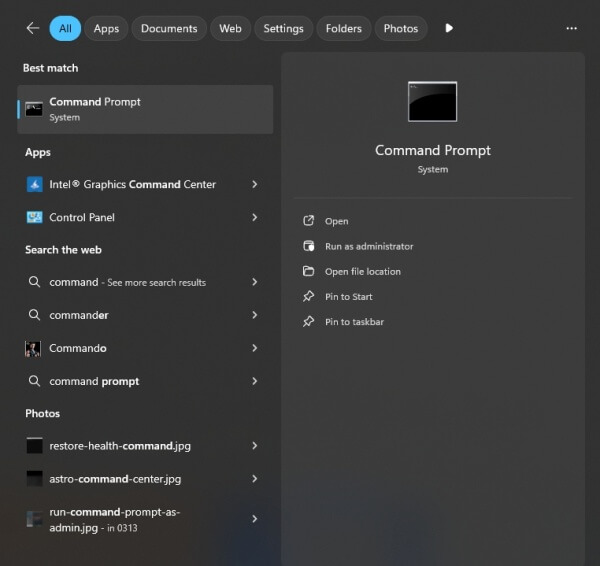
2. Enter the following commands one by one:
netsh int ip reset
ipconfig /release
ipconfig /renew
ipconfig /flushdns
3. Restart your computer.
Fix 4. Disable and Enable Ethernet Adapter
Temporarily disabling and enabling your Ethernet adapter refreshes the connection to your router and reinitializes the hardware interface, which can fix minor glitches.
How to do it:
Go to Control Panel > Network and Sharing Center
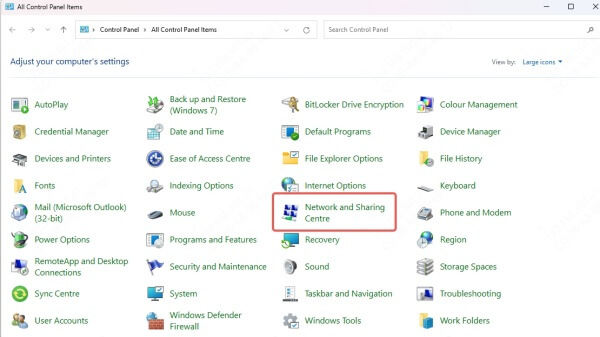
Click Change adapter settings
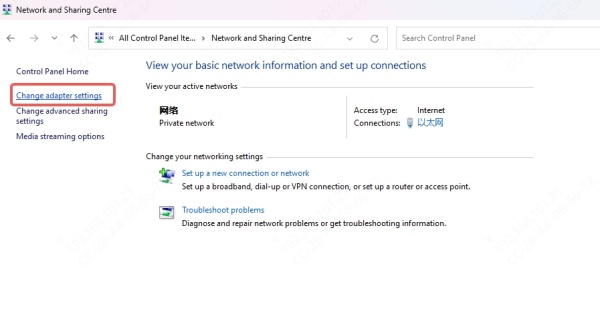
Right-click your Ethernet adapter > Disable
Wait a few seconds, then right-click it again > Enable
Fix 5. Update Your Network Drivers
Outdated or corrupt drivers can prevent your PC from communicating with the router properly. Updating your drivers ensures compatibility and fixes known bugs.
How to do it:
Right-click Start > Device Manager

Expand Network adapters
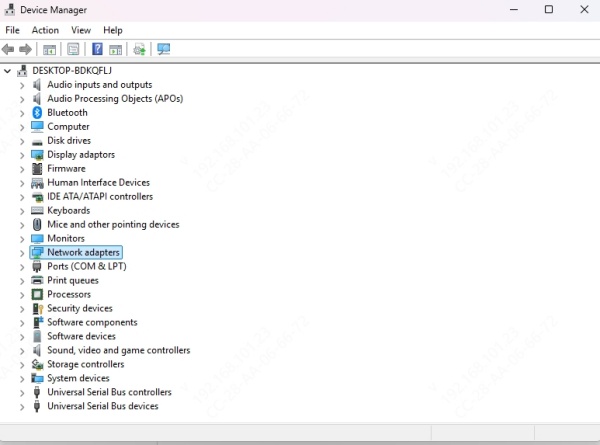
Right-click your Ethernet adapter > Update driver
Select Search automatically for drivers
Or, use a driver update tool like Driver Talent for an easier and more thorough update.
What can Driver Talent do:
Fully checkup your PC system and optimize.
One click to download and update outdated/missing drivers.
Backup, restore, uninstall drivers.
Scan DLL errors and fix all at once.
Steps to use Driver Talent:
Step 1. Download and install Driver Talent on your PC.
Step 2. Scan all the driver issues.
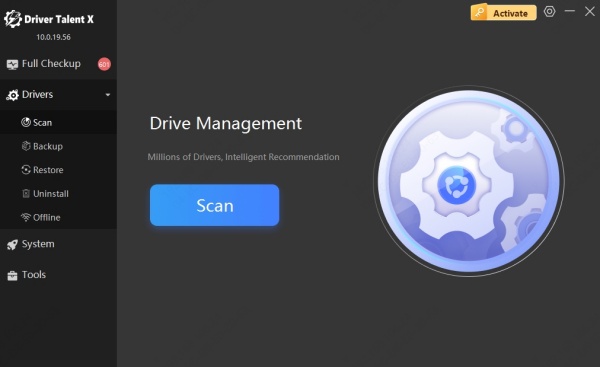
Step 3. Update all abnormal drivers.
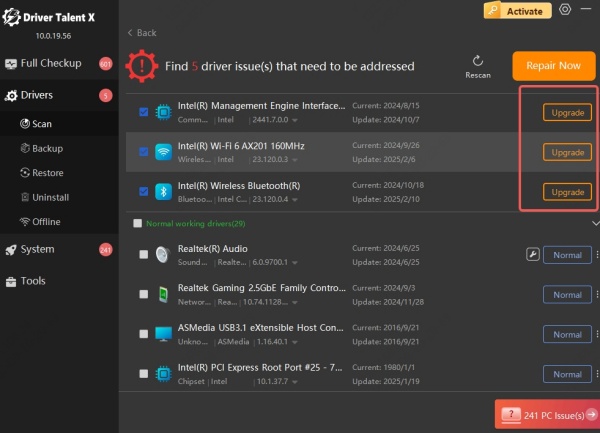
Step 4. Restart your PC to apply the changes.
Fix 6. Temporarily Disable Antivirus or Firewall
Sometimes, overzealous security software can block internet access, mistaking network traffic for a threat. Temporarily disabling them helps confirm whether they are the cause.
How to do it:
Open your antivirus or firewall program.
Disable real-time protection temporarily.
Try reconnecting to the internet.
If it works, adjust your settings or switch to a different security solution.
Fix 7. Assign a Static IP Address
If your computer struggles to obtain an IP address automatically from the router, assigning a static one can stabilize the connection.
How to do it:
Go to Control Panel > Network and Internet > Network Connections
Right-click your Ethernet connection > Properties
Double-click Internet Protocol Version 4 (TCP/IPv4)
Select Use the following IP address and enter:
IP address: 192.168.1.150
Subnet mask: 255.255.255.0
Default gateway: 192.168.1.1
Preferred DNS: 8.8.8.8
Alternate DNS: 8.8.4.4
Click OK and test your connection.
Part 5. Advanced Fixes
1. Check Router DHCP Settings
Why this helps:
DHCP (Dynamic Host Configuration Protocol) assigns IP addresses to devices on your network. If it's disabled, your device may not get an IP, which means no internet.
How to do it:
Log in to your router (usually by entering 192.168.1.1 in your browser).
Find DHCP Settings under network or LAN settings.
Ensure DHCP Server is enabled.
Save settings and reboot the router if needed.
2. Update Router Firmware
Router firmware updates can fix bugs, security flaws, and stability issues that may be affecting your Ethernet connection.
How to do it:
Log in to your router’s admin panel.
Check for a Firmware Update section.
Download the latest firmware from the manufacturer’s website.
Follow the instructions to update it safely.
3. Check Proxy Settings
Incorrect proxy settings can prevent access to the internet. Ensuring that no unnecessary proxy is set can restore normal connectivity.
How to do it:
Go to Settings > Network & Internet > Proxy
Under Manual proxy setup, make sure everything is turned Off
Close settings and try reconnecting.
Conclusion
Having your Ethernet cable connected but no internet is like having a door that won’t open no matter how many times you turn the key. But as you’ve seen, with the right steps—from checking cables to resetting DNS—you can unlock the problem and get back online.
And Driver Talent is the easiest and most effective way to solve the Ethernet cable connected but no internet issue. Just start from Driver Talent!
